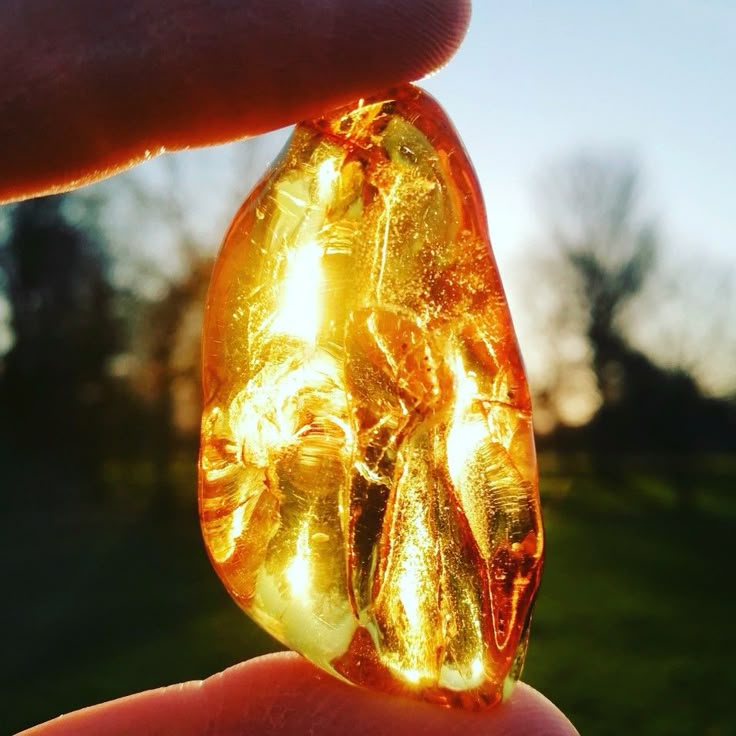
The Ancient Comfort of Amber
From the Egyptians who called it the “Sun’s Tear” to the Norse who believed it was Freyja’s tears turned to stone, amber has carried stories as much as it has carried remedies.
It is not just a jewel. It is the memory of trees, the whisper of resin hardened by time, and the quiet echo of hands who have gathered it for generations. Amber is not dug from rock - it is drawn from the sea. Carried ashore by waves, kissed by salt, and warmed by the sun. It is ancient sap, fossilized over tens of millions of years, and still alive with purpose.
Baltic amber is the oldest and most mineral-rich form of amber in the world, found along the shores of the Baltic Sea. It holds up to 8% succinic acid, a natural compound known to support the body's response to inflammation, pain, and stress. This is why mothers across the world have turned to amber—especially for teething babies, colicky bellies, and unsettled spirits.
But its gifts are not only physical. Amber is believed to emit a subtle electromagnetic frequency. In traditional lore and modern wellness spaces alike, it's said to release negative ions when warmed by the skin—those same ions found in waterfalls, forests, and storm-charged air. These negative ions are thought to neutralize the overstimulation caused by EMFs and electronic exposure, bringing a grounding presence to the nervous system.
Amber, then, is not just a balm for the gums. It is a protector of thresholds - helping little bodies and growing brains adapt more gently to the electric world we’ve built around them.
Ancient Egyptians treasured it as a talisman of the sun, worn in amulets and buried with the dead.
The Greeks called it elektron for its ability to attract small objects when rubbed - our word electric comes from this root.
Roman physicians prescribed it for everything from throat infections to protection from plague.
Baltic tribes wore and traded it as sacred currency.
Chinese medicine ground it into powder to calm the heart and quiet the mind.
Slavic and Norse women passed it down to daughters as a symbol of life-force and fertility.
Every culture that encountered amber saw something more than a stone. They saw light. Preservation. A trace of the divine caught in matter.
Is It Safe for Babies?
It’s a question many mothers ask. And rightly so. In a world of safety labels and contradicting advice, it can be hard to trust something so ancient and simple.
Here is what we always recommend:
Never allow baby to sleep wearing amber. It should be removed during naps and bedtime.
Amber is not for chewing. It works through skin warmth - not oral contact.
Each bead is individually knotted to prevent scattering if the strand breaks.
The clasp is made to release under pressure, reducing strangulation risk.
Necklaces should fit snugly, not hang loose or dangle.
Adult supervision is essential. As with any natural material used on little ones, presence and care are key.
When used mindfully, amber is incredibly safe. More than that - it is a return to trust. To the knowing that sometimes, the earth does give us exactly what we need.
Healing is not always linear.
It doesn’t always look like a quick fix. Sometimes healing is slow, quiet, unseen. Sometimes it is the gentle calming of a baby's nervous system. The ease of a mama’s anxiety when her little one rests more easily. The sacred inheritance of choosing nature, again and again.
In a world of fast answers and synthetic everything, amber asks us to slow down. To remember the old ways. To listen for the rhythm beneath the noise.
This is not a trend. It is a thread - running through time, from forest to sea to skin. And when we place it gently on a child, we honour not only their comfort, but the lineage of wisdom that brought us here.
